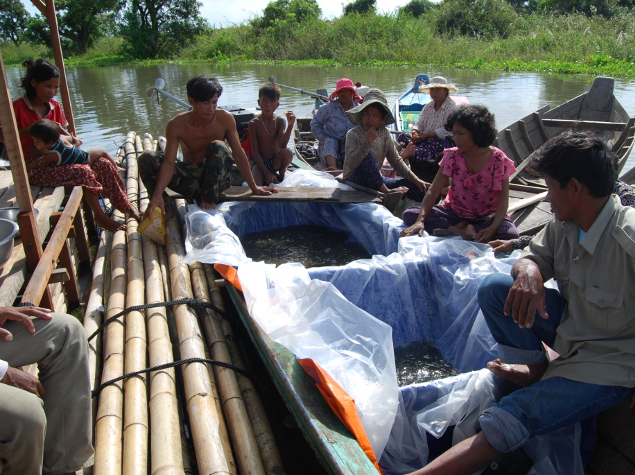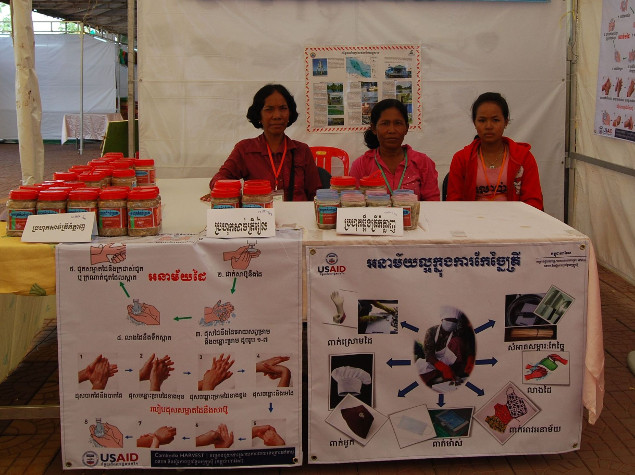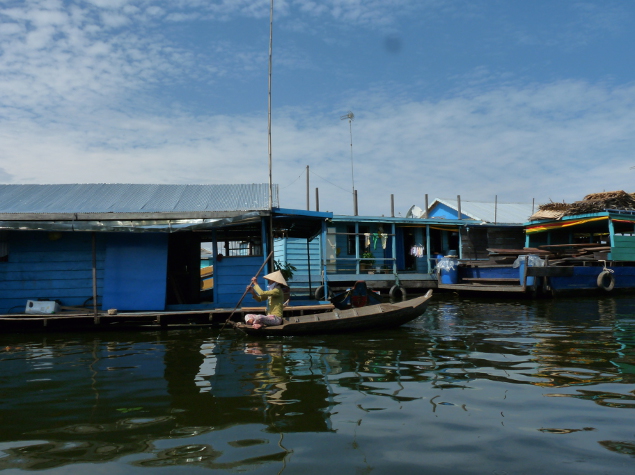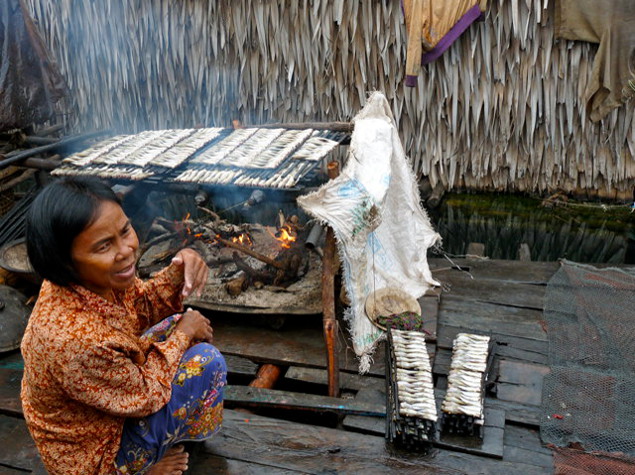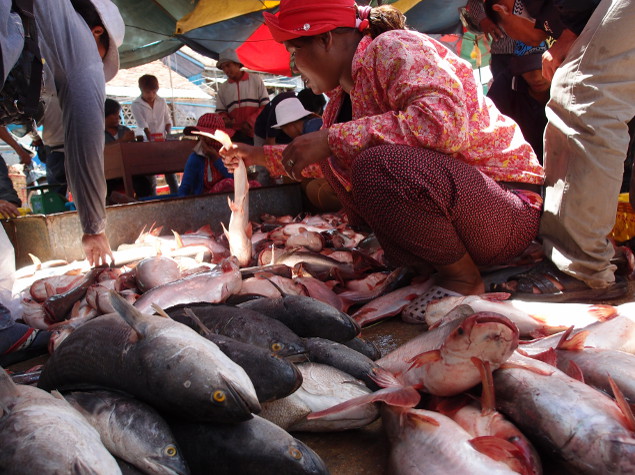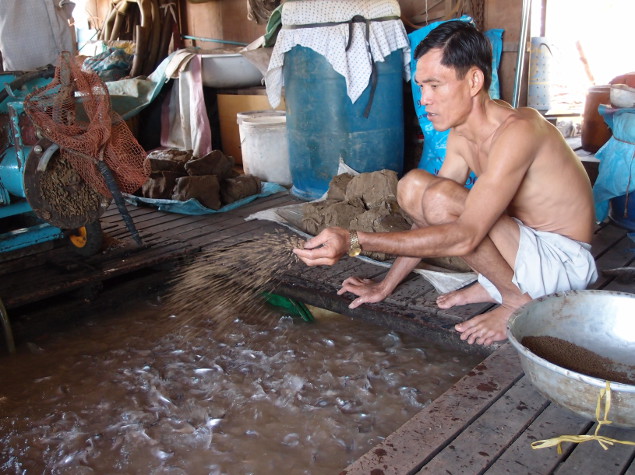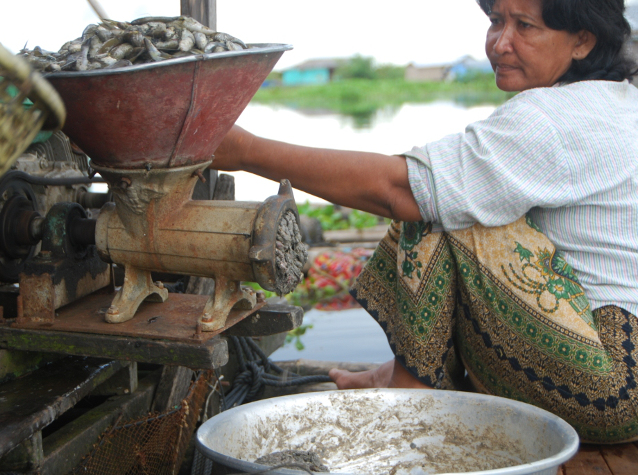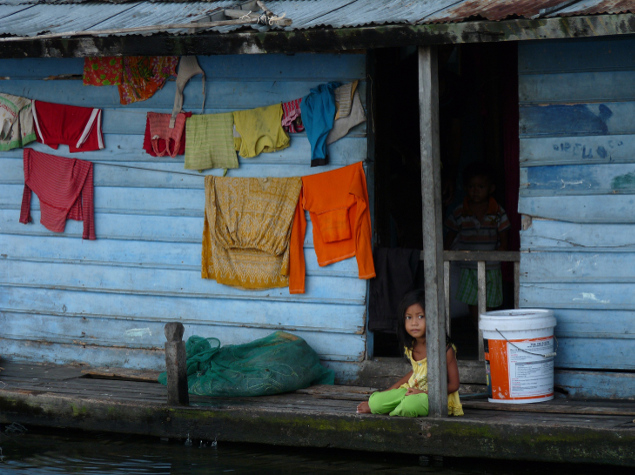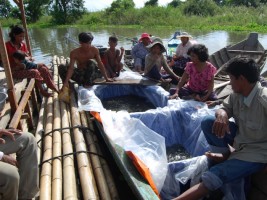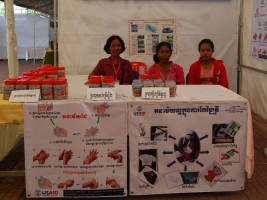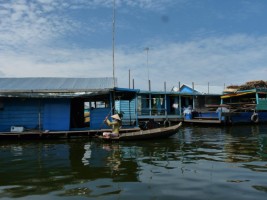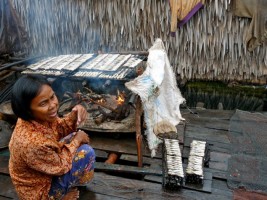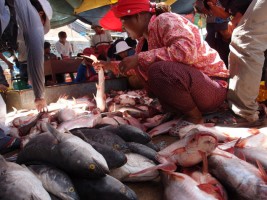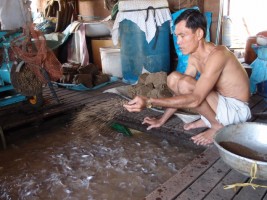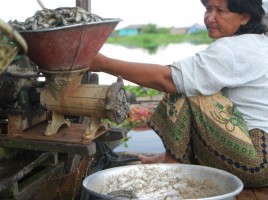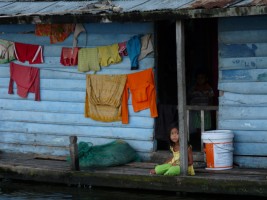Tonle Sap Conservation Project
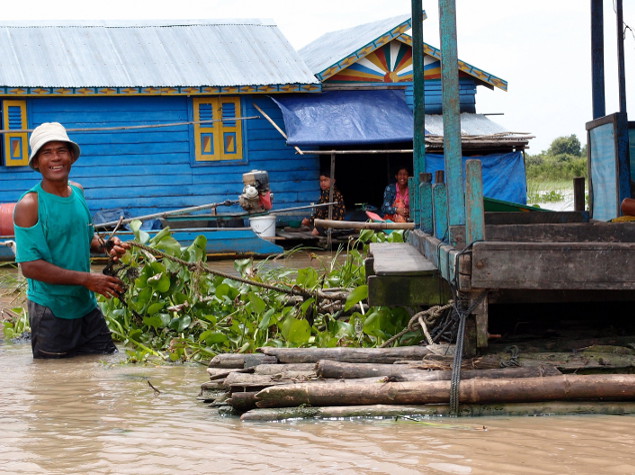
This project aims to strengthen income generating opportunities, improve and develop new livelihoods, maintain food security and improve access to clean water for many of Cambodia’s poorest people, linked to the restoration of Tonle Sape Lake’s unique flooded ecosystem. The Kampong Prak sanctuary situated in this zone associated with dry-season ponds and flooded forests covers more than 50,000 hectares of freshwater habitats, including the largest remaining tracts of seasonally flooded forests in Southeast Asia. There, more than 95 percent of the communities rely on forests for their employment, food and livelihoods.
The main objective of this project is to help maintaining food security for one million people living on the edge of the lake through the conservation of Tonle Sap’s flooded forest and fisheries.
Various objectives have been set:
Work with local communities and the Cambodian government to support food security for people living on the Tonle Sap in the target area
This will be done by improving the management of the large tracts of flooded forest and the associated fisheries that occur outside of commune boundaries within the project area using a strong government rangers’ team to patrol, increasing awareness of theses rangers in conservation and natural resources use, conducting training in techniques and methods for best practices, placing artificial reefs and demarcating fish sanctuaries and other conservation zones. Another part will consist in identifying areas suitable for reforestation in consultation with local communities and Cambodia Fisheries Administration, raising awareness of protection status, setting laws and restriction of flooded forest use to communities. The last part consists in monitoring and protecting seedlings planted to reforest 100 hectares of flooded forest.
Facilitate sustainable provision of fuelwood and non-timber forest products for local communities, by empowering them to sustainably manage flooded forests within their communal boundaries through strengthening of Community Fisheries and Community Managed Conservation Areas
To do so, various activities are planned such as the identification, mapping, demarcation and developing regulation in Community Fisheries and Conservation areas. The protection and the productivity of theses zones will also be improved. Finally, sessions to develop awareness and education for local communities will be set up.
Identify appropriate technologies for providing clean water for the floating village areas and increase access to clean water for drinking and household use by the households in the target area, to help reduce incidences of water-borne diseases and infections (which is the leading cause of death for children under 12 years old in floating communities)
The aim is to have 120 households with an improved access to clean drinking water and to settle clean drinking water systems in 3 schools (for 250 pupils).
Improve access to fuel-efficient cooking stoves that reduce the pressure on the flooded forest and minimize the amount of time spent by women on collecting firewood
Access to fuel-efficient stoves will be provided through a buy back program where households will sell their old cooking stoves to local retailers and replace it with new fuel-efficient stoves. But, during the project, people decided to buy gas stove, instead of cooking stoves, which is an excellent conservation and health outcome. Also CI aims at least 50% of households who smoke fish to use improved fish smoking stoves. CI hopes 50% less fuelwood taken from the flooded forest per year and the development of women’s group in the targeted villages for various collectivity based activities such as savings.
Improve livelihoods and food security by intensifying aquaculture production, strengthening women-led fish processing microenterprises, and improving access to commercially sustainable market mechanisms
Fish processing and household aquaculture have been identified as activities delivering the most significant impact to target communities. An upgrade of non-invasive aquaculture production for female entrepreneurs will be delivered to enhance their methods as well as a facilitation in the creation or the expansion of 10 women-led microenterprises engaged in fish processing.
Monitoring of the success to allow amplification by replicating the approach in other core flooded forest areas
Conservation International will fine-tune and test various indicators to assess the impact and the success of the program, develop a monitoring framework and make it available to decision makers.

